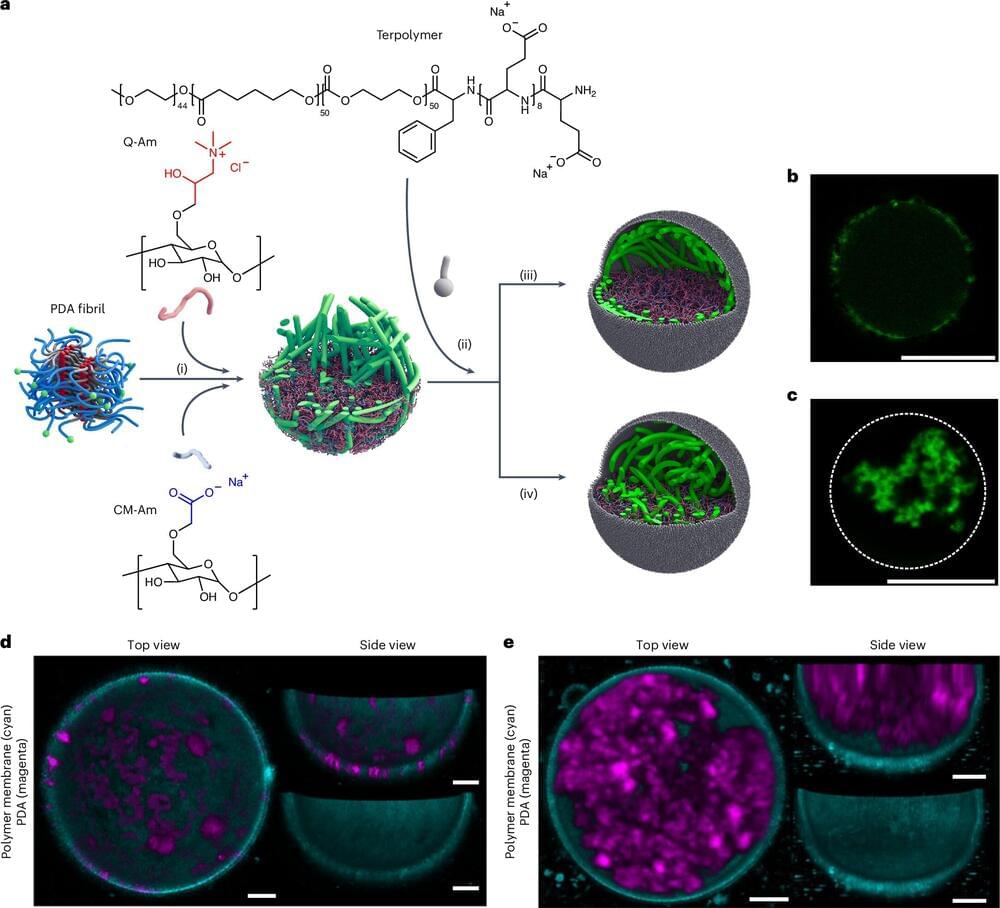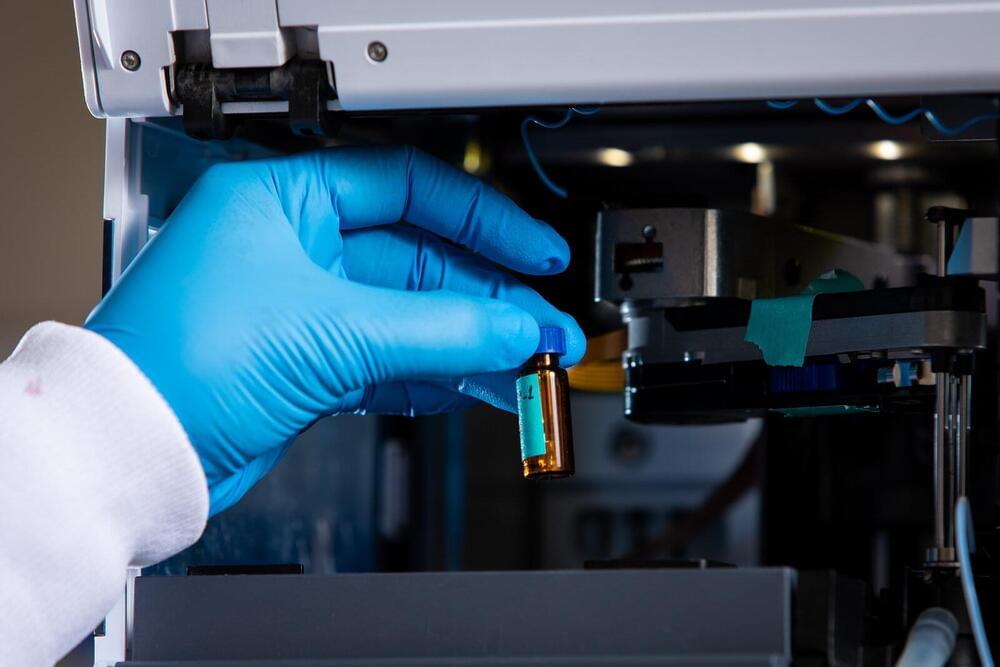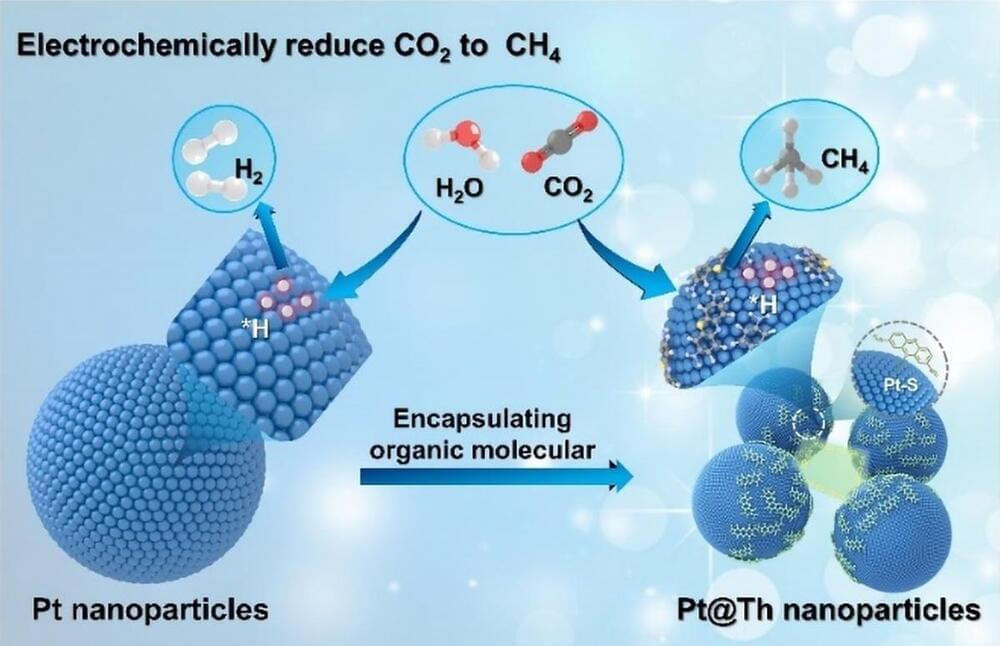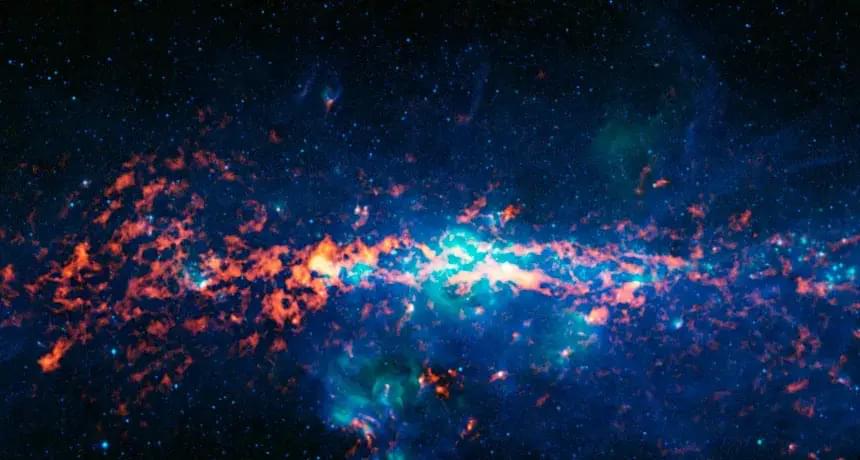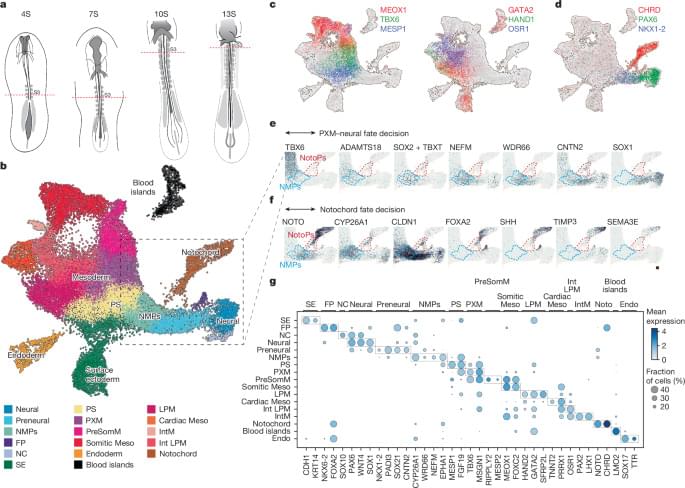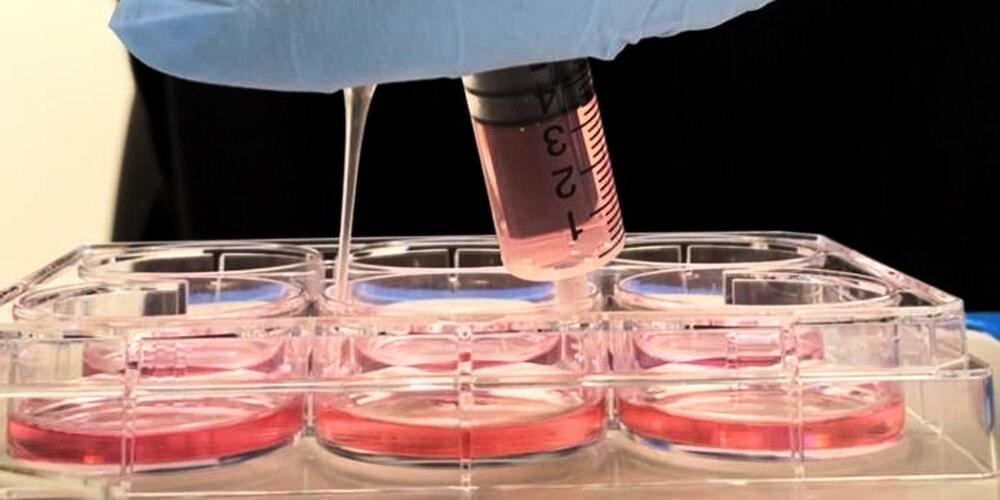Researchers at the University of Oklahoma have developed a breakthrough method of adding a single nitrogen atom to molecules, unlocking new possibilities in drug research and development. Now published in the journal Science, this research is already gaining international attention from drug manufacturers.
Nitrogen atoms and nitrogen-containing chemical structures, called heterocycles, play a pivotal role in medicinal chemistry and drug development. A team led by OU associate professor Indrajeet Sharma has demonstrated that by using a short-lived chemical called sulfenylnitrene, researchers can insert one nitrogen atom into bioactive molecules and transform them into new pharmacophores that are useful for making drugs.
This process is called skeletal editing and takes inspiration from Sir Derek Barton, the recipient of the 1969 Nobel Prize in Chemistry.

